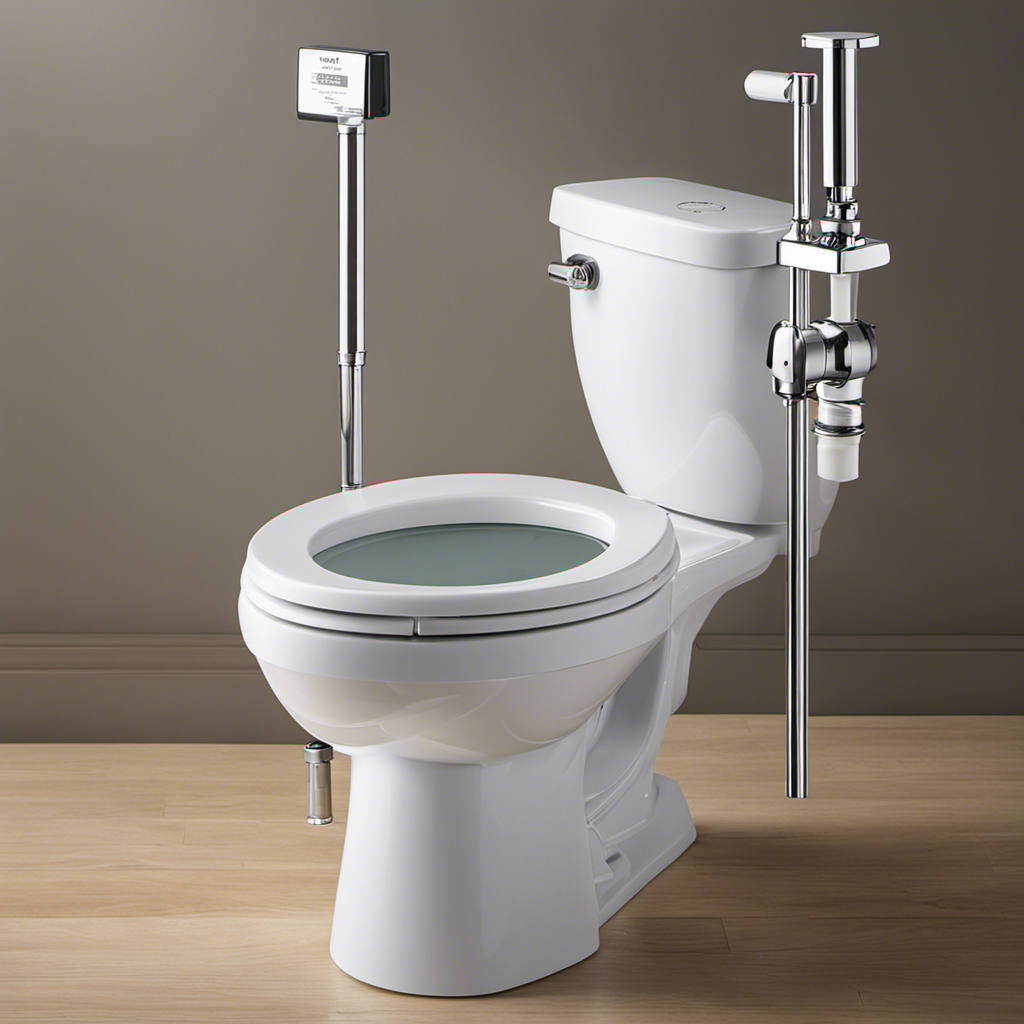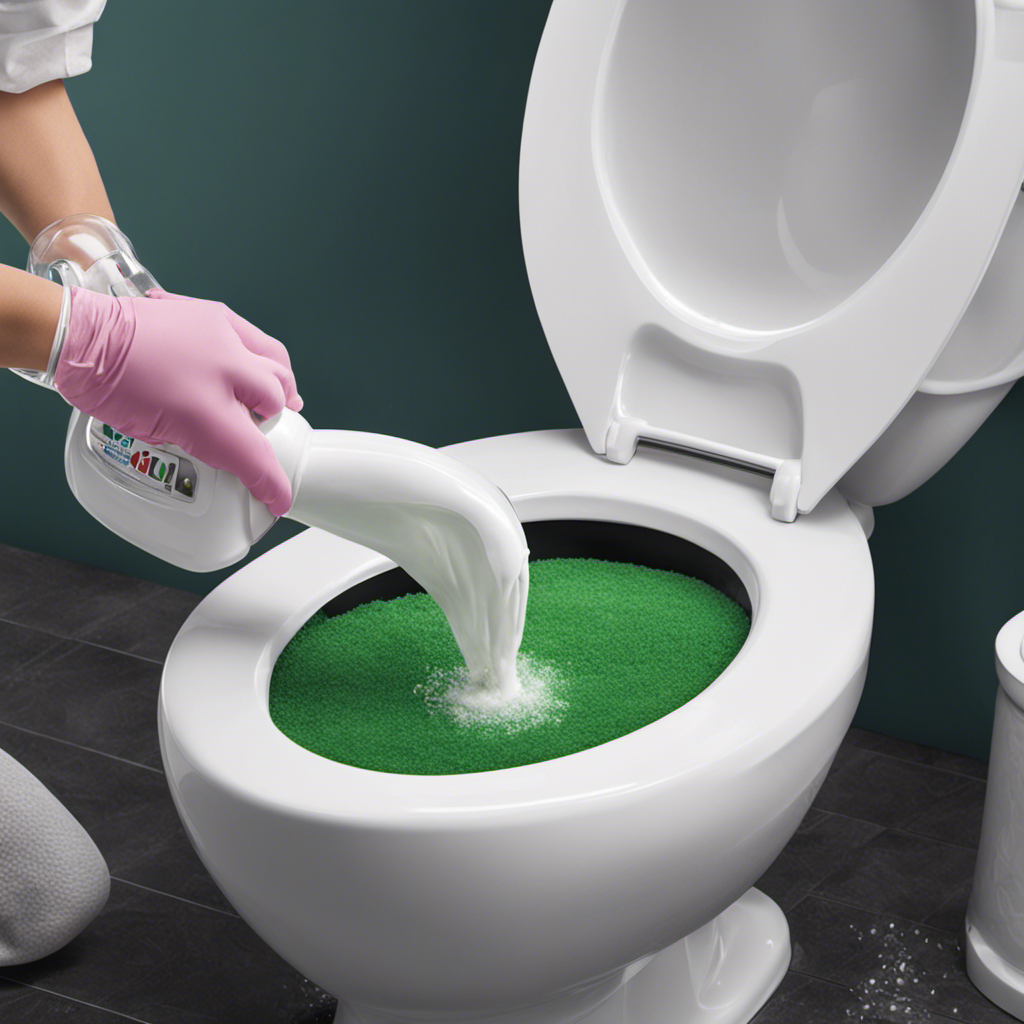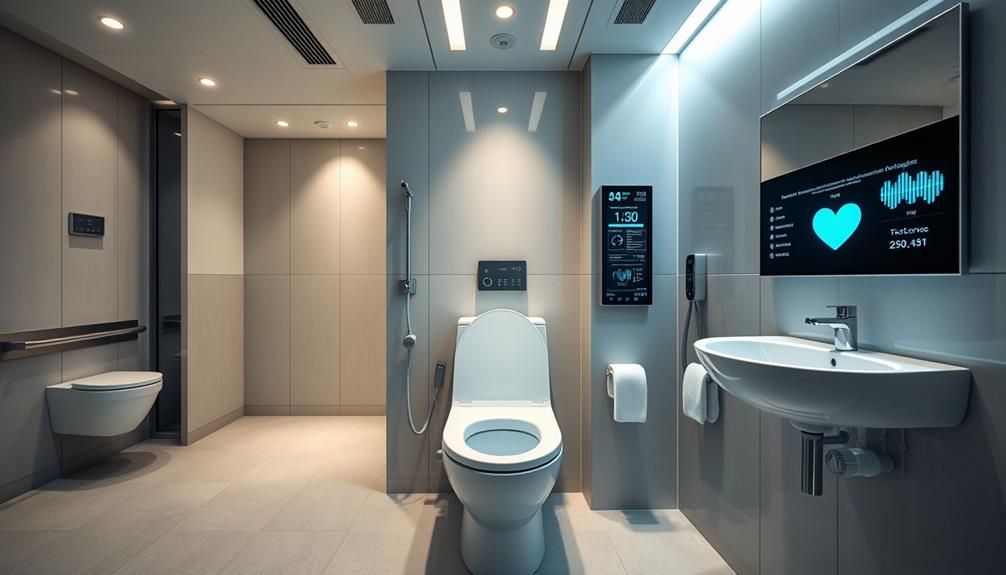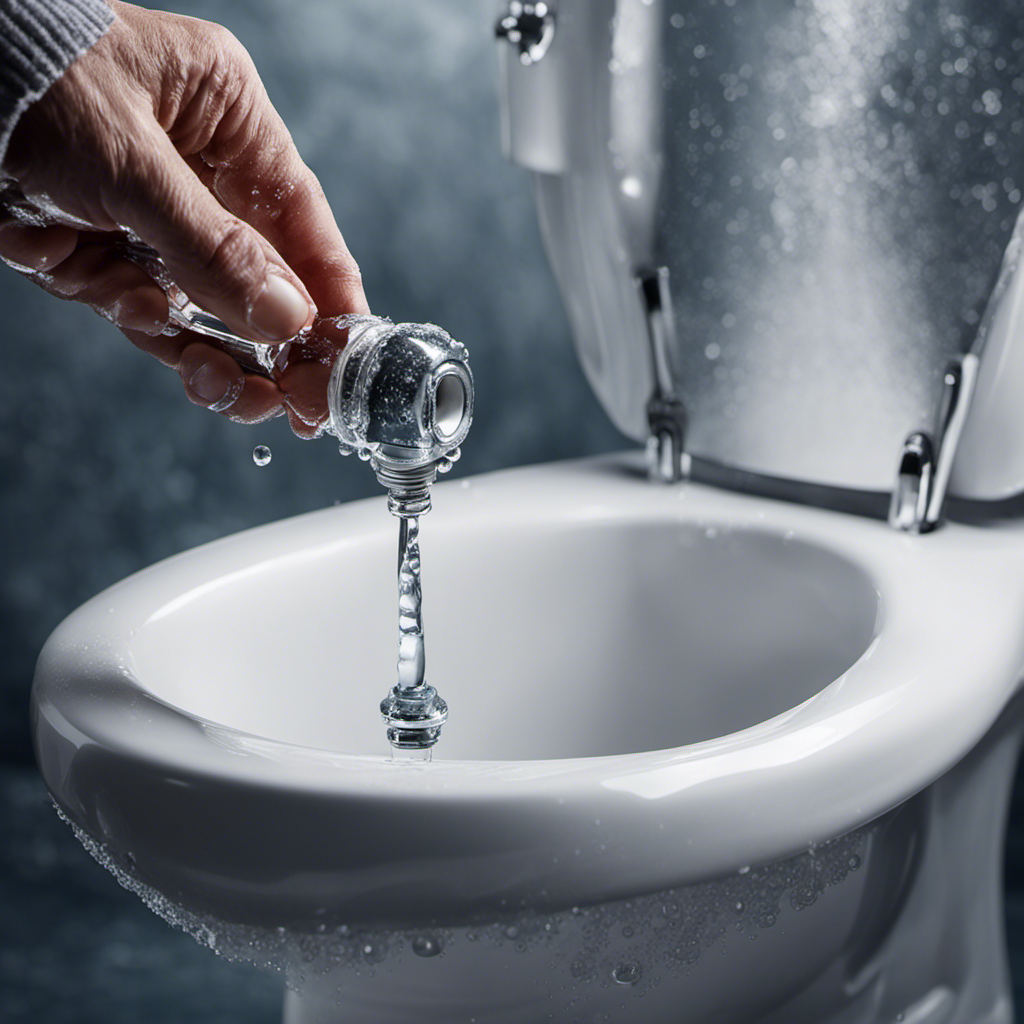I know what you’re thinking – do I really need to know how a toilet fill valve works?
Well, let me tell you, understanding the inner workings of this crucial bathroom component can save you from countless plumbing headaches.
In this article, I’ll break down the different types of toilet fill valves, explain their components, and show you how they regulate water flow.
I’ll also share common issues you may encounter and provide maintenance and troubleshooting tips.
So let’s dive in and uncover the secrets of the toilet fill valve.
Key Takeaways
- There are different types of toilet fill valves, including ballcock, diaphragm, and float cup, each with its advantages and suitability for specific needs.
- The components of a toilet fill valve include the float, refill tube, and diaphragm, and understanding these components is crucial for installation and replacement.
- The float arm connected to a float ball or cup regulates water flow by opening and closing the fill valve based on the water level in the tank.
- Common issues with toilet fill valves can be resolved by properly adjusting the float arm, ensuring optimal water pressure, and performing regular maintenance and troubleshooting.
Different Types of Toilet Fill Valves
There are several different types of toilet fill valves available on the market. When it comes to toilet fill valve installation, it’s important to choose the right type for your needs. The most common types include the ballcock, diaphragm, and float cup fill valves.
The ballcock fill valve, also known as the traditional fill valve, is a tried and tested option. It uses a floating ball attached to a lever arm to control the water level in the tank. This type of fill valve is reliable and easy to install.
The diaphragm fill valve, on the other hand, uses a flexible rubber diaphragm to regulate the water flow. It offers quieter operation and is less prone to leaks compared to the ballcock fill valve.
Lastly, the float cup fill valve utilizes a float cup that rises with the water level to control the flow. This type of fill valve is known for its efficiency and durability.
Each type has its advantages, so it’s important to choose the one that suits your specific needs and preferences.
Components of a Toilet Fill Valve
You can easily identify the components of a toilet fill valve by looking for the float, the refill tube, and the diaphragm.
The float is responsible for measuring the water level in the tank and controlling the valve’s opening and closing. It rises as the water level increases and shuts off the valve when it reaches the desired level.
The refill tube is connected to the fill valve and directs water back into the toilet tank after each flush. It ensures that the tank is filled with the right amount of water for the next flush.
The diaphragm is a rubber seal that controls the flow of water through the valve. It opens when the float drops, allowing water to enter the tank, and closes when the float rises, stopping the flow.
Understanding these components is essential for proper toilet fill valve installation and replacement.
How a Toilet Fill Valve Regulates Water Flow
To regulate water flow, simply adjust the float arm on the toilet fill valve. This is an important step in water conservation and ensuring the efficient operation of your toilet.
Here’s how the float mechanism works in a toilet fill valve:
-
The float arm is connected to a float ball or cup that floats on the water surface in the tank.
-
When the tank is empty, the float arm is in a downward position, causing the fill valve to open and allow water to flow into the tank.
-
As the water level rises, the float ball or cup also rises, and when it reaches a certain level, it triggers the fill valve to close, stopping the water flow.
-
When you adjust the float arm, you can change the water level in the tank, thereby controlling the amount of water used in each flush.
Common Issues With Toilet Fill Valves
Adjusting the float arm on your toilet’s fill valve can help resolve common issues and ensure proper water flow.
Proper installation of the toilet fill valve is crucial for maintaining the optimal water pressure in your toilet tank. The fill valve is responsible for regulating the water level in the tank, allowing for a smooth and efficient flushing process.
If the float arm is set too high or too low, it can lead to problems such as constant running water or a weak flush. By adjusting the float arm to the correct position, you can ensure that the fill valve shuts off at the right water level, preventing any water wastage or insufficient flushing power.
Maintenance and Troubleshooting Tips for Toilet Fill Valves
If the float arm isn’t adjusted properly, it can lead to issues like continuous running water or a weak flush. To avoid these problems, here are some maintenance and troubleshooting tips for toilet fill valves:
-
Check the water level: Adjust the float arm to ensure the water level in the tank is at the recommended height. This will prevent water from overflowing and wasting.
-
Inspect the fill valve: Look for any signs of damage or wear on the fill valve. Replace it if necessary to maintain proper functioning.
-
Clean the valve and inlet: Remove any debris or mineral deposits that may be affecting the valve’s performance. This can be done by soaking the valve in vinegar or using a brush to scrub away buildup.
-
Test for leaks: To ensure the fill valve is working correctly, listen for any hissing sounds or check for water leaks around the base of the toilet. If you detect any, it may be necessary to replace the valve or its components.
Following these maintenance and troubleshooting tips will help ensure the proper installation and adjustment of your toilet fill valve. This will ultimately lead to a more efficient and reliable toilet flush.
Conclusion
In conclusion, understanding how a toilet fill valve works is crucial for maintaining proper water flow and preventing common issues.
By knowing the different types of fill valves and their components, you can troubleshoot any problems that may arise.
Regular maintenance, such as cleaning and inspecting the valve, will ensure its optimal performance.
Remember, a well-functioning fill valve is essential for a properly working toilet, so take the time to learn about this vital component.
With these tips and knowledge, you’ll be able to keep your toilet running smoothly for years to come.










